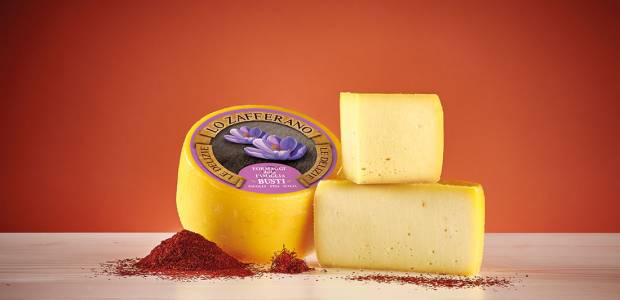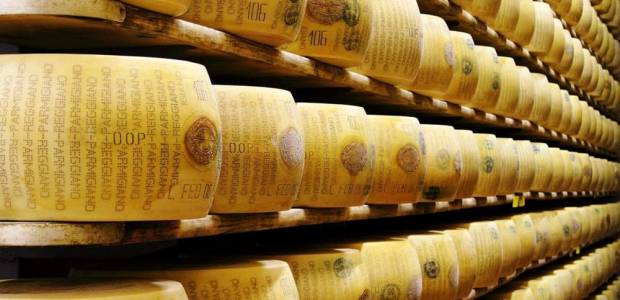Languages
Walking through the cheeses: from Pisa to Parma
A journey through Italian delicatessen
Pisa-Parma: 170 km, 2 hours away, but the journey that we do today will not be by car but through the taste of the cheeses which unite these two cities.
Pisa is one of the most famous Italian cities and reached its maximum splendour during the XI century. The city is located close to the sea and used its position for setting up its businesses. Then Pisa became one of the four maritime republics with Venice, Amalfi and Genoa. In the naval battle of Meloria in 1284, the four maritime republics won and that victory determined the decline of Pisa.
The best product of the Pisan tradition is the Pecorino Roncione, a cheese made with fresh raw milk because in this way its natural microbial flora is preserved; after that, it will be left for 60 days in refrigeration cells and then it will be transported in the eighteenth-century caves of Roncione, a location from which it takes its name. The cheese is left in this place for 90 days, with a non-constant temperature and humidity. Then the cheese is placed on the wooden boards so that the lower part of the cheese can breathe.
Another typical product is the Pecorino with saffron, an important spice in these places because it unites raw milk and saffron, making a unique product from the intense aroma.
The biggest producer of cheese in Pisa is the Busti family, a family owned dairy brand that was inaugurated in 1955 by two brothers, Alessandro and Remo Busti. Nowadays the company is managed by the son, Stefano.
The history of Parma is very different from that of Pisa. Its maximum splendour was during the 1500s when the Duchy of Parma was governed by the Farnese family, who renewed it after a period of relative decline during the Duchy of Parma, Piacenza and Guastalla, all ruled by Maria Luigia of Austria, the wife of Napoleon I.
Parma will be the "Capital of Culture" in Italy in 2020 and its headline product will be Parmigiano Reggiano D.O.P whose origins date back to the Middle Age. Its value is its different flavor for every type of seasoning (from 6 to 84 months) that give it a intense taste.
It is a cheese to taste with the five senses: the sight and the touch stimulate a strong sensorial activation; the sound allows to appreciate the brittleness of the dough; the smell is essential because the parmesan’s aromas are unique and with that you can "feel" all flavors. In the end, the taste stands out mainly as a mix of contrasting, but at the same time balanced, flavors.
So these two cheeses are very different and they are expressions of two very different cities but they are well-located inside the excellence of Italian gastronomy.







